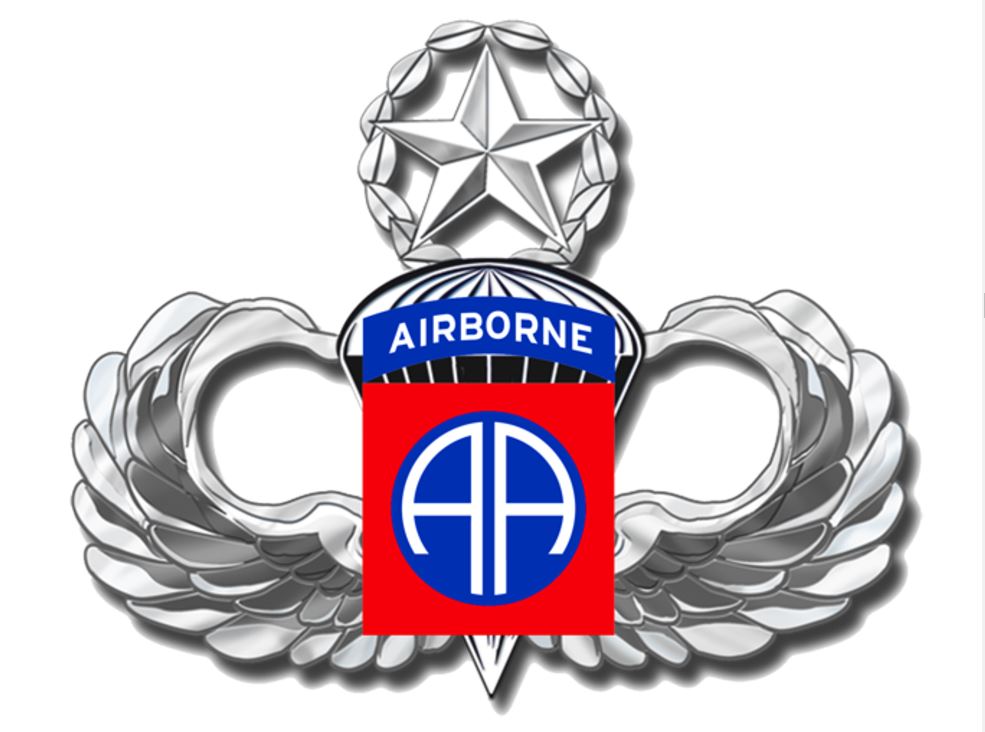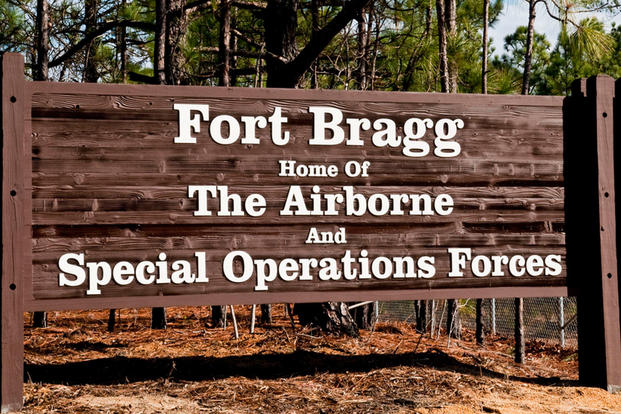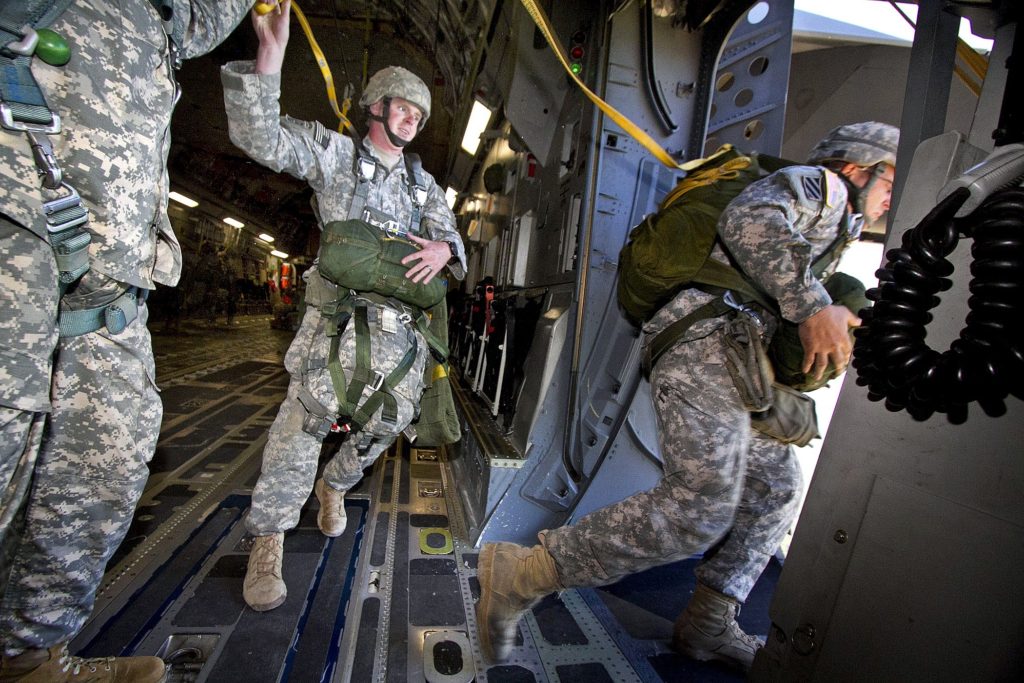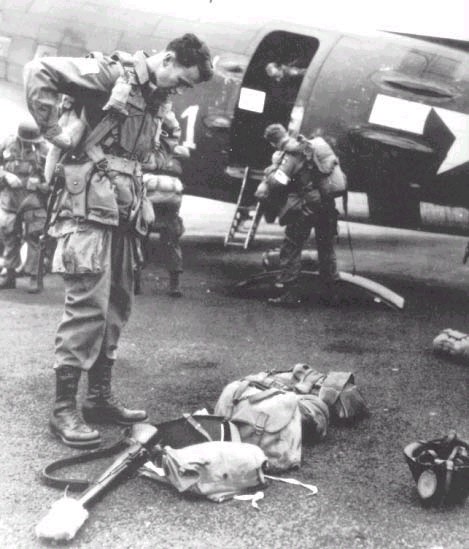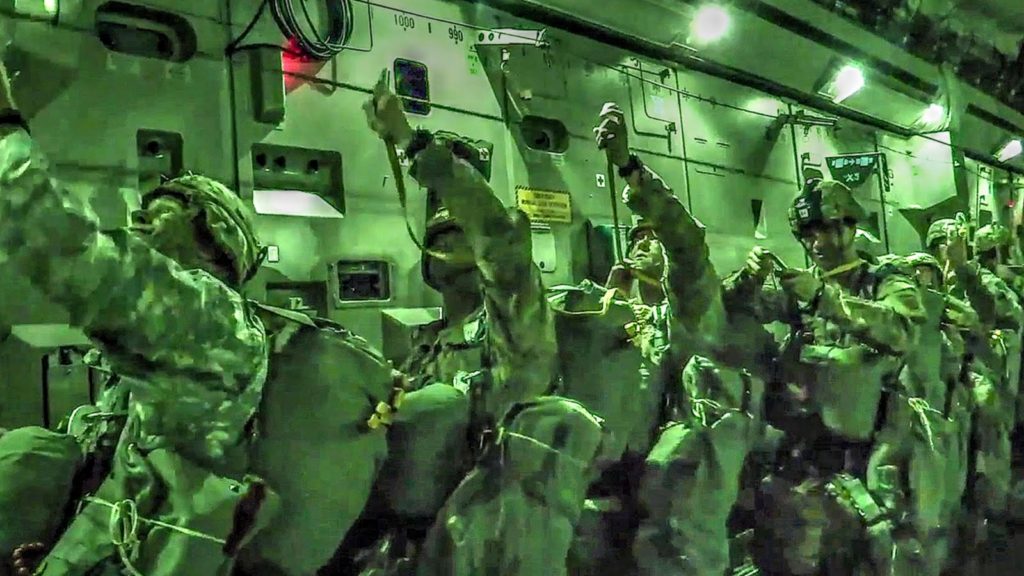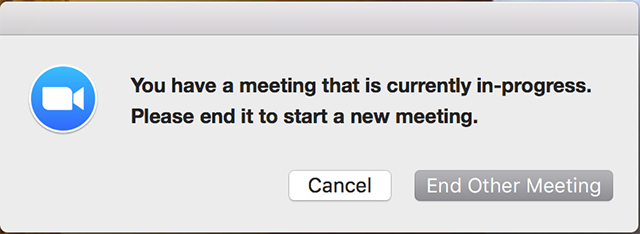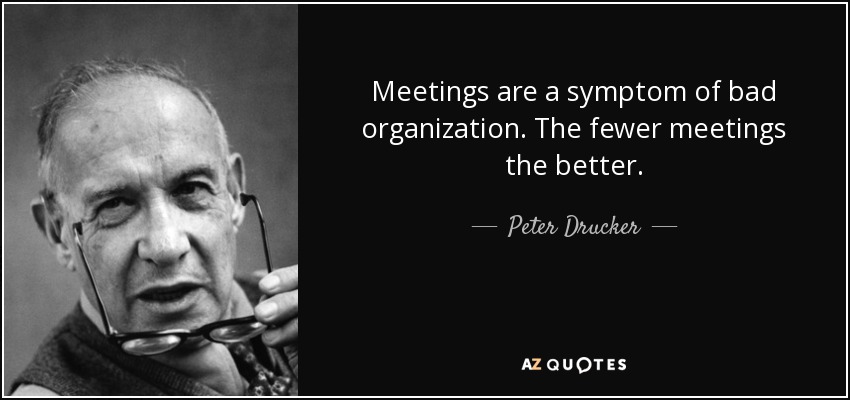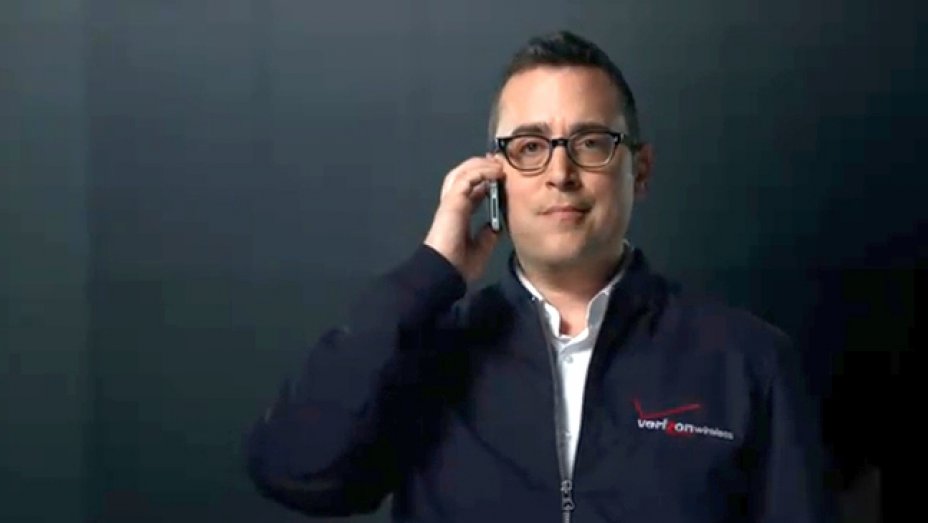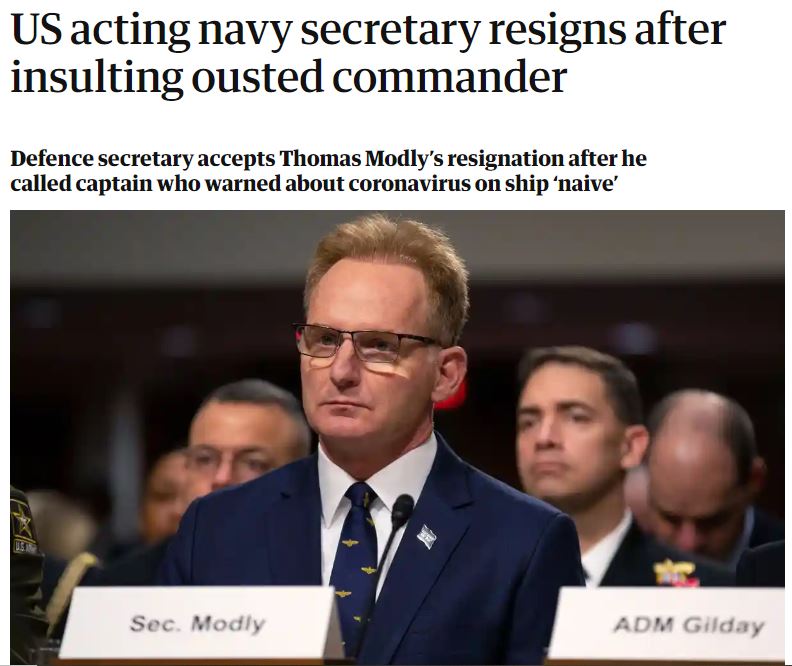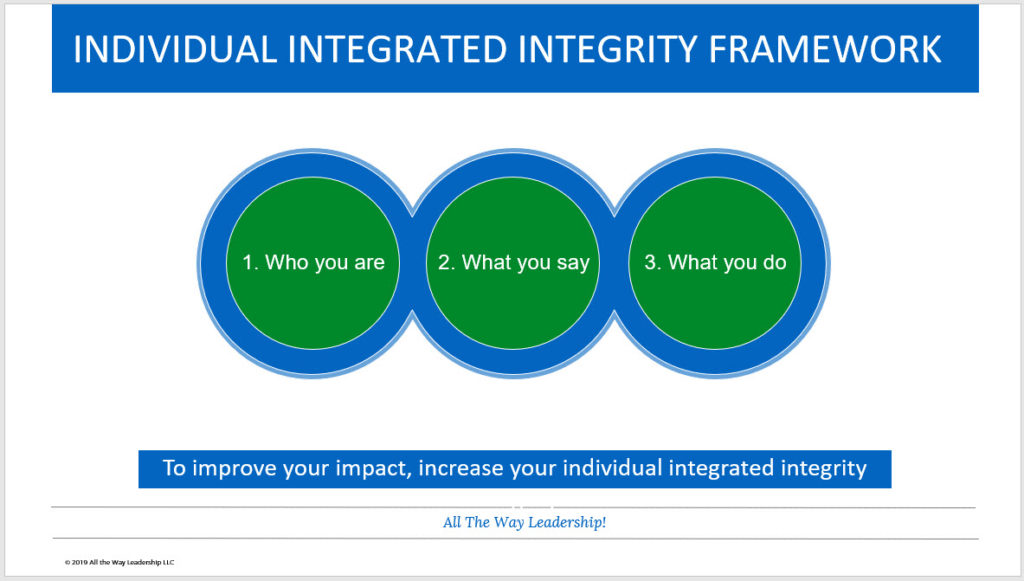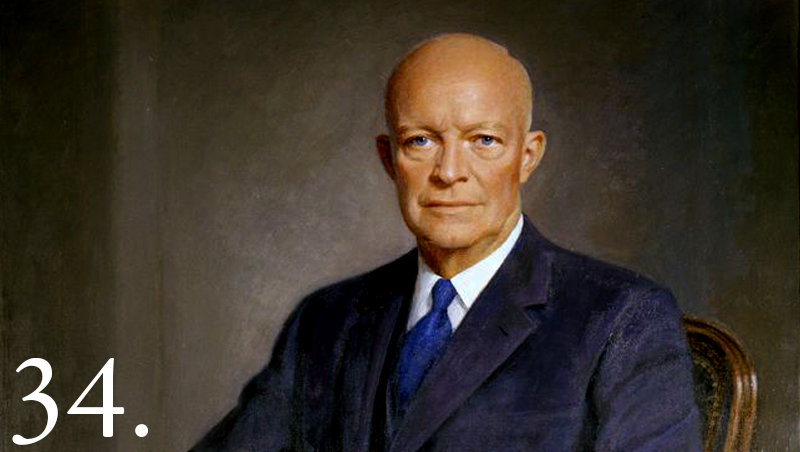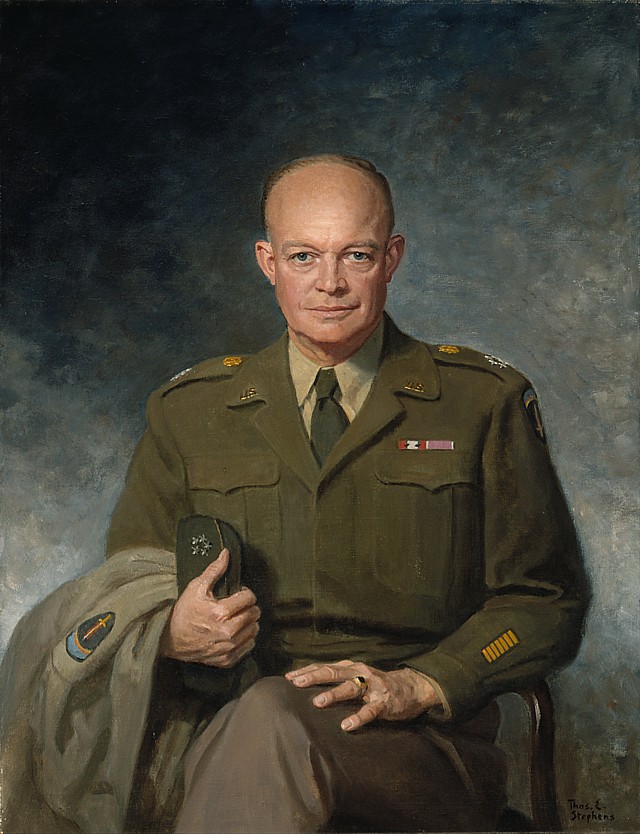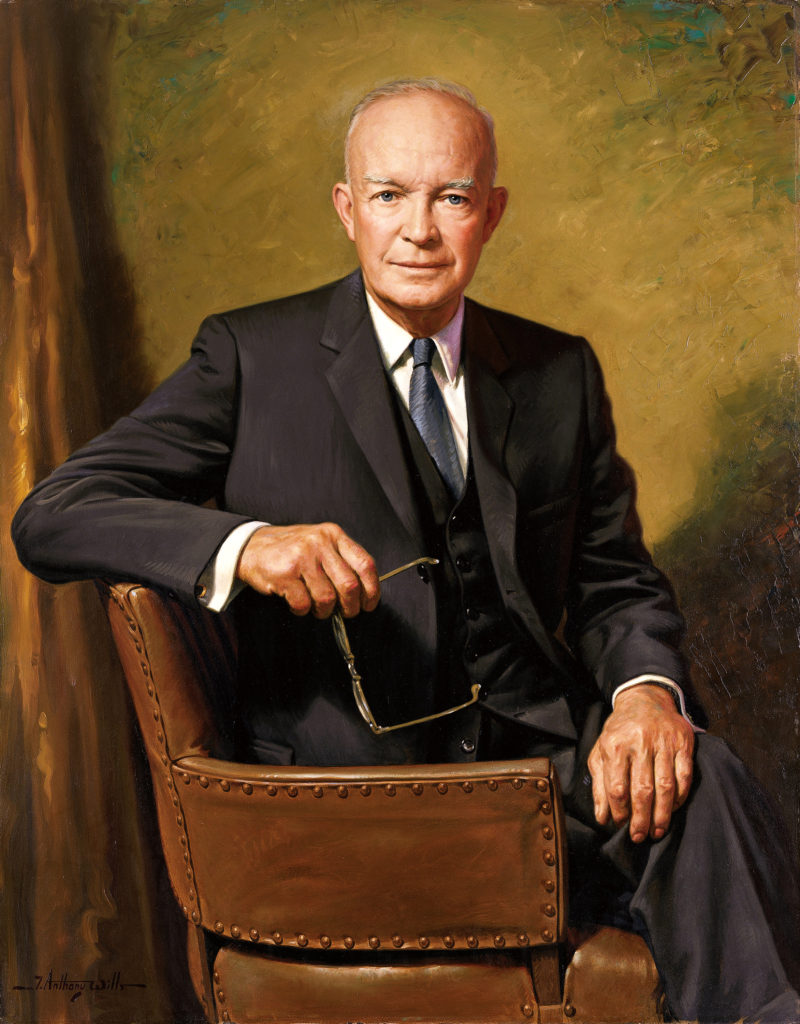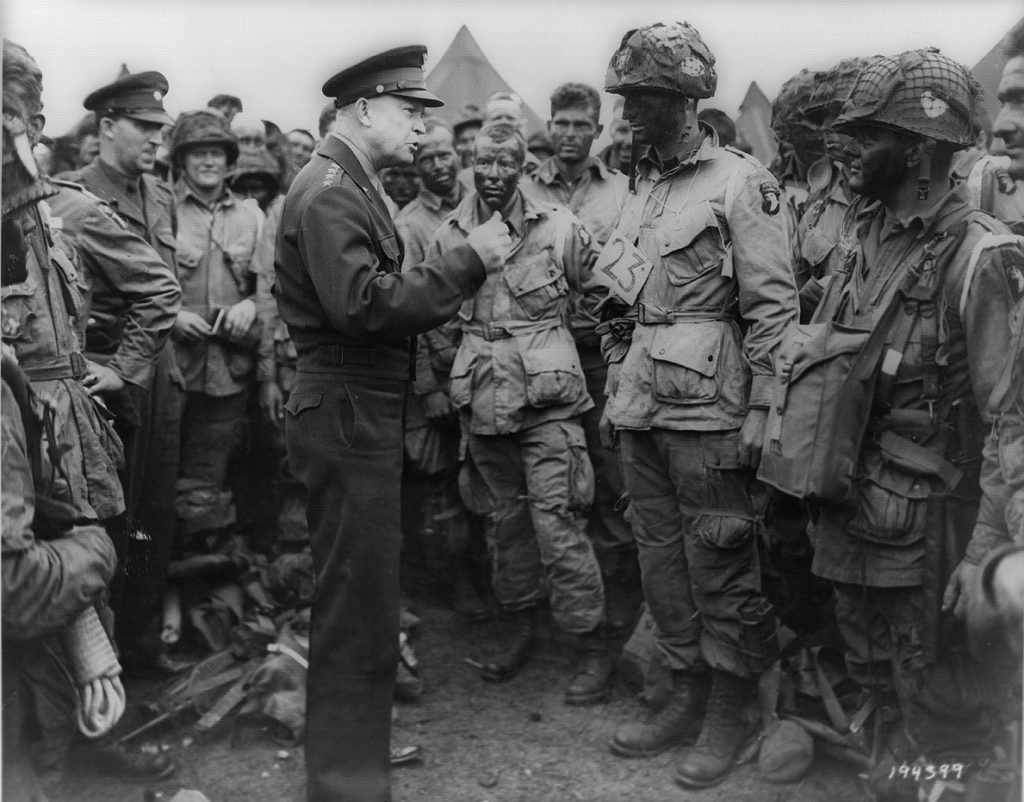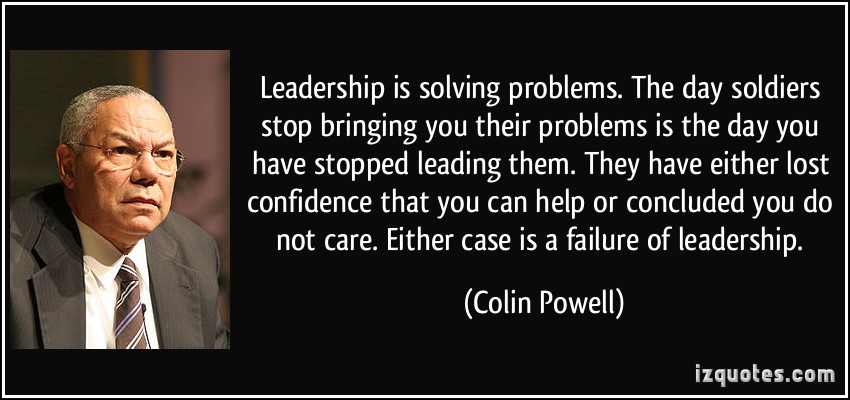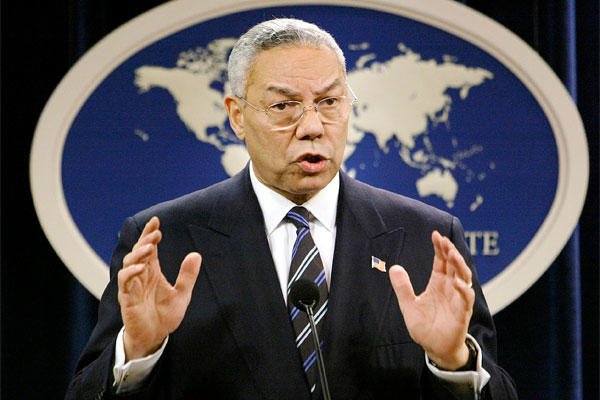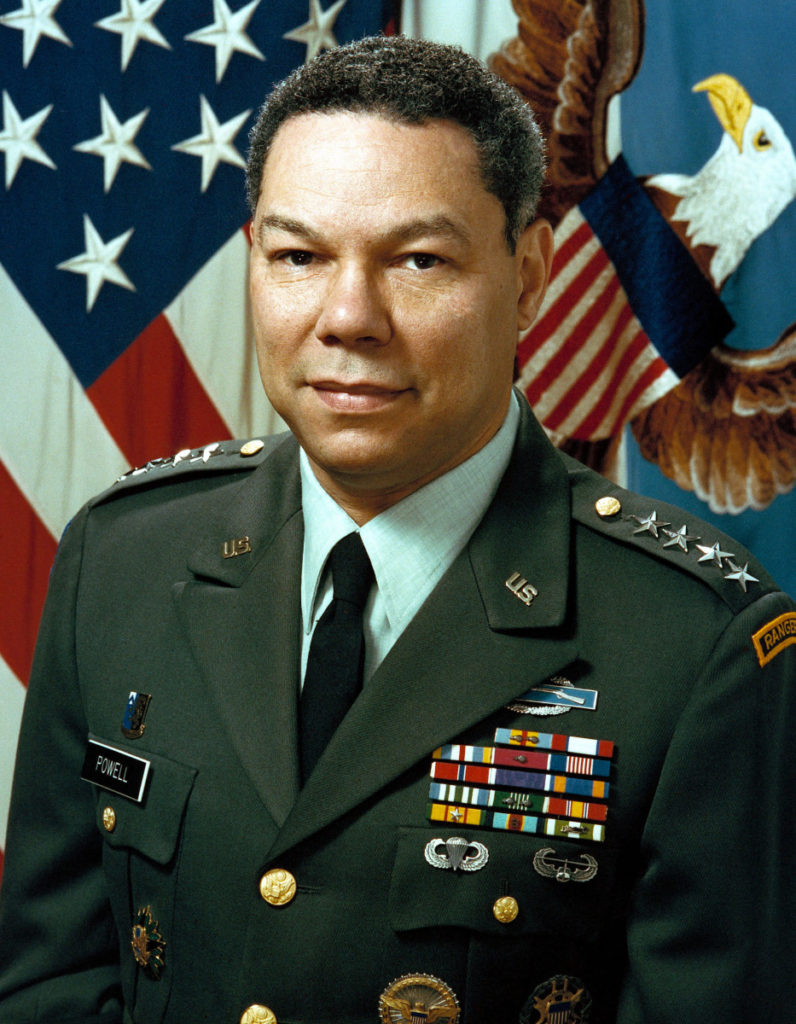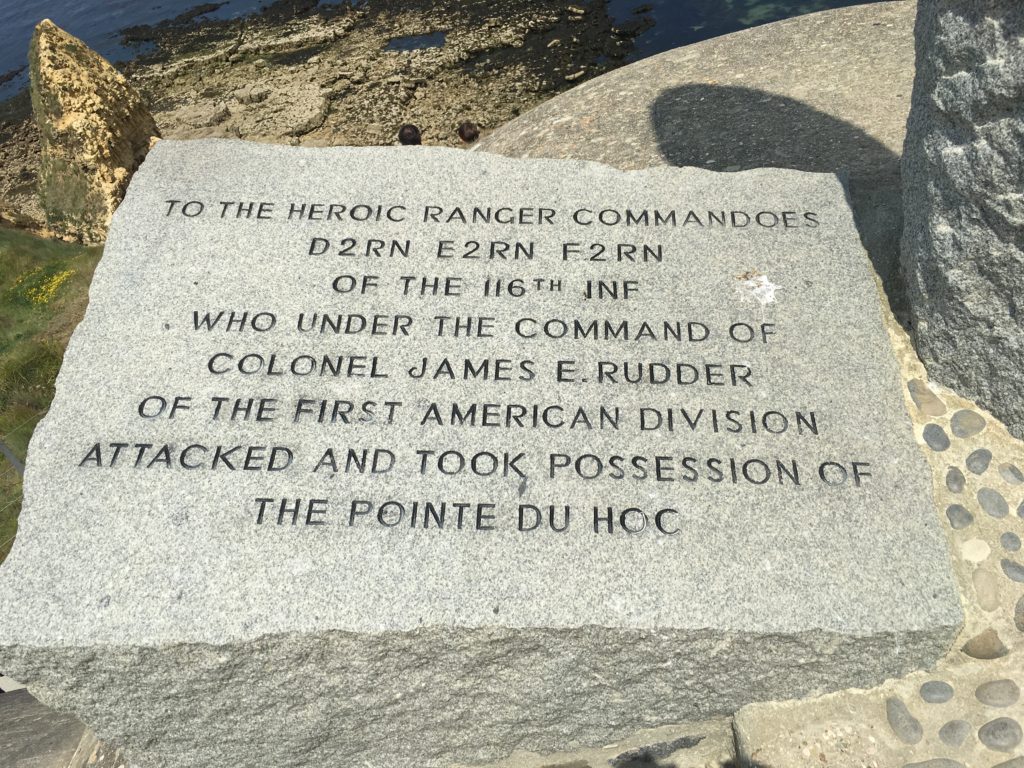Take a moment right now and think about a strong leader you know. Someone you truly enjoyed working for. Ask yourself a basic question about this leader. Does she know how to craft a winning strategy? I bet the answer is yes. Strong leaders win. Now think about a weak leader you know well. Someone you did not enjoy following. Ask yourself the same question. Did he select a winning strategy? Your answer probably changed to no. It is difficult to follow someone who does not know how to win. Losing sucks. It always has and always will.

Strategy is a constant leadership challenge
Strong leaders think strategically on a regular basis. How will my team win today, tomorrow, and the next days after that? Having a winning strategy is a constant challenge that every leader faces. Trust me – your competition is thinking about ways to beat you and your team. You better do the same thing. It is easy to rest on your laurels and fall into the trap of focusing your time and energy as a leader on tactical execution. I call it the “keeping the trains running” mentality. Weak leaders keep their heads down, failing to look at the big picture and over the horizon. Don’t be that kind of leader. Being a strong leader is more important than ever these days.

It is a highly competitive marketplace, so strategy is important for success
The business world is a competitive place. I cannot think of many industries that are not highly competitive. If you want to win you better have a good strategy before your competition eats your lunch. I have written before about what happens when a leader does not have a good strategy. If some days it feels like you are in a brawl at work – it probably is because you are. Let’s face it – the COVID crisis made it even more important than ever to have a good strategy to not only win but simply survive in some industries. The whole world changed last year. Strong leaders recognized the need for new strategies to be successful in the post-pandemic world and are adjusting accordingly. While others are hoping that things will return to normal (whatever that means), and may not make it much longer.
Everybody has a plan until they get punched in the mouth.
Mike Tyson
Leaders are expected to provide the winning strategy for the team
Let’s pose a simple question – who is responsible for the strategy? Answer – the leader. Sure you are going to get help from others when crafting the strategy. But, if you are the leader, you need to own the strategy for your team. They will expect it, and you need to deliver. Think about it. Who will the team turn to when execution gets tough? The leader – of course. That is why you are there. Strong leaders understand that they are expected to provide the winning strategy for their team. Weak leaders delegate it to others, or simply hope for the best. And we all know by now that hope is not an effective strategy, especially in a competitive market.
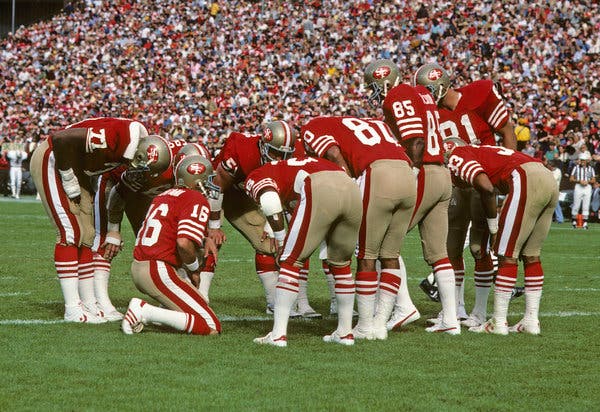
Picking a winning strategy may be challenging if you have many possible paths in front of you
My last point is somewhat counter-intuitive. I believe picking the best strategy is most difficult when you have many possible options. It is usually pretty easy to pick between two or three options. More than that then you should spend some time analyzing each option before selecting, but don’t take too long. The reason I mention this topic is that I have worked for leaders who were bad at strategy simply because they wasted precious time trying to pick the best path forward. We would spend days, weeks, and months thinking through the options and never commit fully to one. Meanwhile, our competitors selected their strategy and were busy executing it.

What about you? Do you have a winning strategy?
Are you crafting a winning strategy for your team? Do you spend time thinking strategically with your team on a regular basis? If not, then you have work to do. Don’t worry – All The Way Leadership! is here. The next series of blog posts will focus on strategy formulation.
ATW! is designed to make you a better leader
I hope you join me on this journey to raise up the next generation of leaders. The world is in desperate need of more great leaders. Women and men who lead with confidence, clarity, and creativity. It’s time to become the leader that your world needs. Let’s go All The Way!

